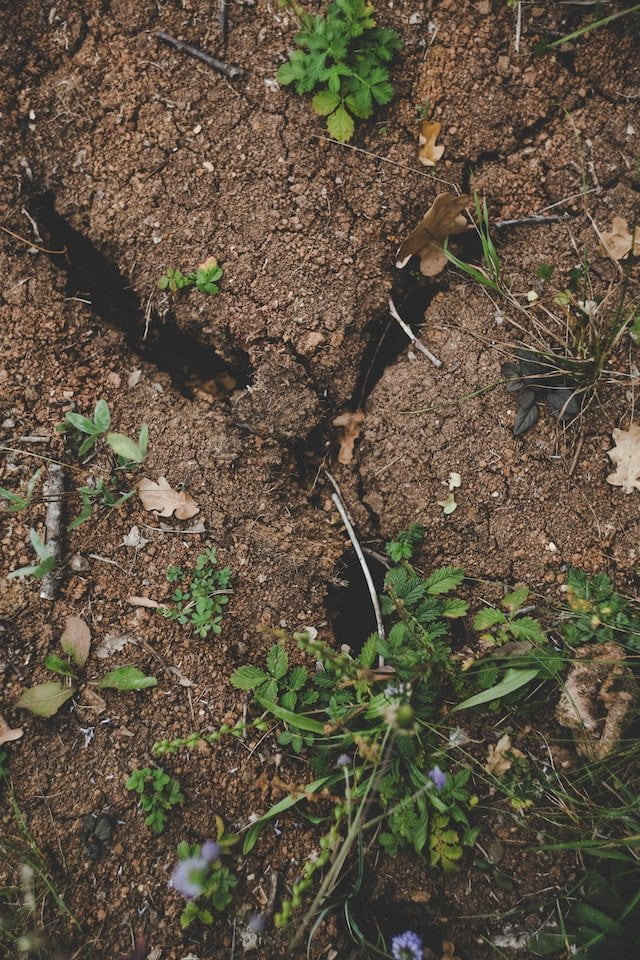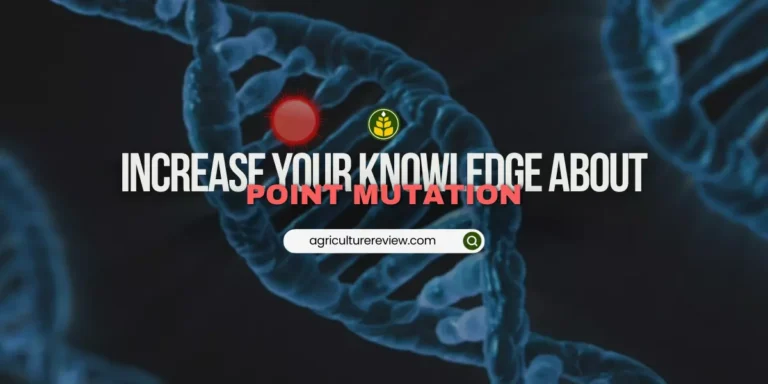From this ultimate guide on soil erosion, get to know definition of soil erosion, causes, and solutions for prevention. Also get to know water and air erosion from this article.
Table of Contents
Soil Erosion: Definition
Process of detachment of soil particles from the top layer of soil, and then transportation of detached particles of soil through action of wind and water is soil erosion. Falling rain drops, channel flow, and wind are the detaching agents. While flowing water, rain splash, and wind are transporting agents.
Causes
- Deforestation: It results due to cutting down of trees over a large area. Due to which soil becomes loose and becomes vulnerable.
- Overgrazing: When cattle grazes on a area of land too long so that grass completely disappears, then it is called overgrazing. Due to overgrazing soil gets exposed and can be easily carried away by the action of wind and water.
- Practicing wrong tillage practices: In agriculture farms, tillage is known to be major cause of erosion. Due to practicing excessive tillage, soil structure disrupts, and it become prone to action of wind and water.
- Sloping land: Slope of the land, affects the direction and type of erosion.
- Intensive Farming: Use of heavy machinery, chemicals leads to degradation of soil.
- Erosion by water: Water leads to Sheet, Rill, Ravine, Landslide, and Stream bank erosion.
- Erosion by wind: High speed wind can act on exposed soil, and carry disrupted particles far away from natural source.
- Practicing conventional agriculture instead of sustainable agriculture
- Could also be due to socio-economic problems.
Water and wind are the major sources of erosion.
Water Erosion: Definition

Loss of soil from upper layer of soil surface by the action of water, which also includes runoff from melted snow or ice is called water erosion. Raindrops and runoff water are the major erosive agents due to which detachment and transport of soil particles occur.
Factors that affects water erosion are rainfall, soil type, topography, soil surface cover, and biotic interference.
Types Of Water Erosion
Erosion of soil by water occurs in stages, and they can be called as sheet, gully, ravine, landslide, and stream bank erosion.
Sheet Erosion
It is the first stage of erosion that occurs due to action of raindrops and surface flow. There is uniform removal of surface soil in thin layers by sheet, or overland flow of waters.
Rill Erosion
When runoff exceeds 0.3 to 0.7 mm per second, soil is lost from small well defined channels or rills by water when there is concentration of surface flow. In Rill erosion, there is minimal role of raindrops in direct detachment of soil particles in rills. But it leads to increase in detachment and transport capacity of the flow.
It is known as second stage of erosion.
Gully Erosion
When channelized runoff from vast sloping land is sufficient enough in volume and velocity to cut deep and wide channels, then gullies are formed. It is often regarded as the advanced stage of water erosion.
Ravines
When gully erosion continues for longer time and remains unchecked, then it leads to deep and wide gullies called ravines. They are typically found in deep alluvial soil.
Landslides
Land slides occurs during rainy or wet season in mountain slopes. The soil debris drifted away from hill slides by mass movement is much higher than caused due to gully erosion.
Stream Bank Erosion
Stream banks gets eroded by water flowing over the sides of a stream, surface flow leads to undercutting of soil below the water surface, hence resulting in erosion.
Wind Erosion
Erosion of soil caused due to action of wind is called as wind erosion. It mostly occurs in dry arid and semi-arid regions, where land is devoid of vegetation and is directly exposed to wind. If these three conditions are fulfilled then only it cam cause erosion of soil:
- At the surface loose, and dry soil should be there.
- Wind velocity should be above 28 Kilometres per hour.
- Insufficient ground cover.
Prevention For Soil Erosion
We can prevent erosion by adopting agronomic, mechanical, and agrostological or forestry measures.
Agronomic Measures
- Choice of crops: Planting row crops such as cowpea, groundnut, green gram, and black gram are found to be effective. Similarly smothering crops such as legumes also helps in controlling erosion.
- Field Preparation: Deep ploughing and chiselling helps in reducing erosion.
- Contour Farming: Ploughing, sowing, inter-cultivation across the slope helps in reducing erosion.
- Strip Cropping: You can plant erosion resistant and erosion permitting crops in alternate strips on contour. Erosion resistant crops such as cowpea, groundnut helps in prevent erosion.
- Mulching: Due to mulching there is no direct impact of rain and wind on soil surface, hence chance of soil particles to get carried away reduces.
- Conservation Tillage: Practicing low intensity tillage or zero tillage along with mulching helps in reducing erosion.
- Organic Manures: Using organic manures instead of chemical fertilizers helps in improving soil physical health. Farmers can also start using bio-fertilizers for better results.
- Cropping System: Monocropping systems should be avoided as it leads to erosion of soil. Instead farmers should adopt intercropping or strip cropping system to reduce the impact of erosion.
FAQ
What are the impact of soil erosion on rural development?
Soil erosion leads to degradation of arable land, which directly affects livelihood of farmers.
Which of the following is likely to minimize soil erosion?
a) High-yield crops
b) Deforestation
c) Herbicide use
d) Annual plowing
e) No-till agriculture.
e) No Till agriculture is likely to minimize soil erosion.




